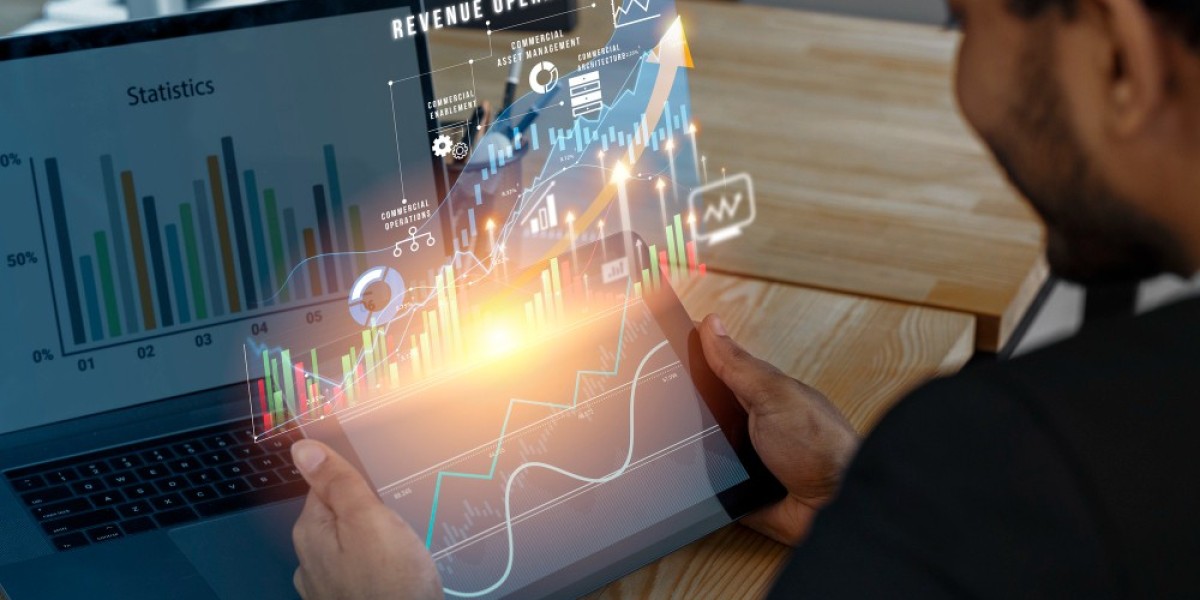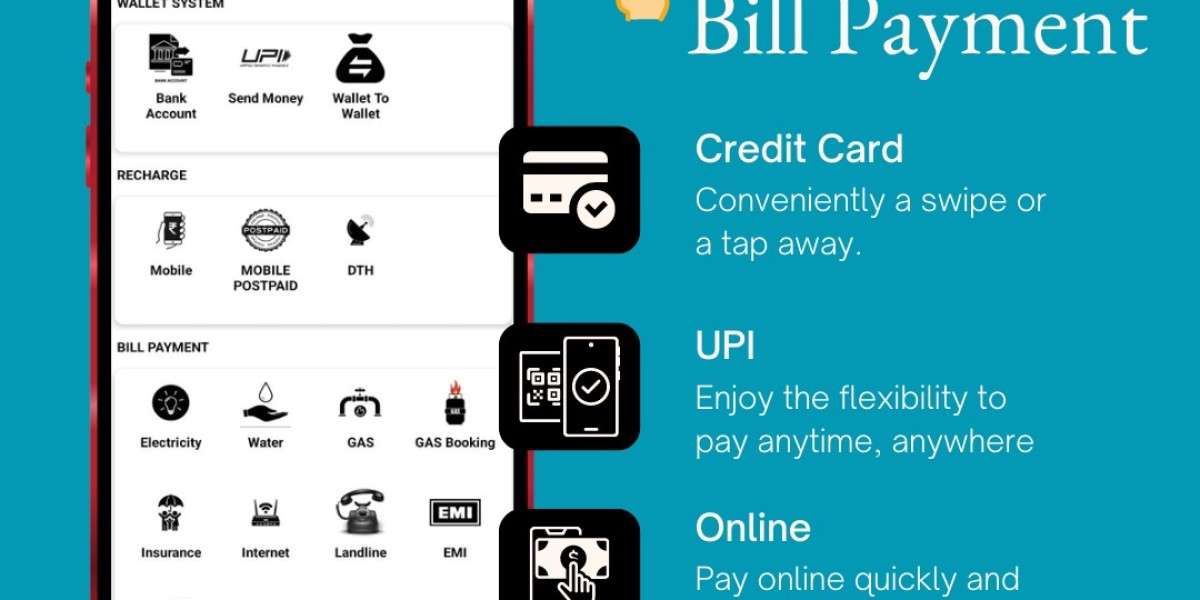In today's ever-evolving business landscape, the ability to accurately forecast demand is a crucial factor for a company's success. The traditional methods of demand forecasting are no longer sufficient, as they often fall short of providing the accuracy and adaptability required in today's fast-paced markets. This article will explore the innovative techniques that are shaping the future of demand prediction and delve into the advancements that companies are adopting to stay ahead in the competitive arena.
The Importance of Demand Prediction
Demand prediction is the process of estimating the future demand for a product or service. This estimation is pivotal in enabling companies to optimize their inventory levels, streamline supply chains, and ultimately ensure customer satisfaction. By gaining insights into consumer behavior and market trends, businesses can make informed decisions, allocate resources efficiently, and reduce operational costs.
Traditional Demand Forecasting Methods
Qualitative Methods
Qualitative methods rely on expert opinions, market research, and surveys to predict demand. While they offer valuable insights, they are subjective and may not be suitable for industries characterized by rapid changes and unpredictable shifts in consumer preferences.
Time Series Analysis
Time series analysis involves studying historical data to identify patterns and trends. While widely used, it may struggle to adapt to sudden market fluctuations, making it less reliable in volatile industries.
Causal Models
Causal models establish relationships between different variables, such as price and demand. While valuable, they can be complex to implement and may not capture all influencing factors accurately.
The Limitations of Traditional Methods
Traditional methods of demand forecasting have inherent limitations. They heavily rely on historical data and often fail to adapt to real-time changes. To address these limitations, companies are increasingly turning to innovative solutions.
Machine Learning and Artificial Intelligence
Predictive Analytics
Predictive analytics leverages machine learning algorithms to analyze vast datasets and make highly accurate predictions. This approach considers multiple variables simultaneously, making it highly effective in volatile markets.
Deep Learning Models
Deep learning models, a subset of artificial intelligence, can analyze unstructured data like social media posts and customer reviews, providing valuable insights into consumer sentiment and preferences. This helps in understanding the emotional aspect of demand.
Big Data and Predictive Modeling
The advent of big data has transformed demand prediction. With access to vast amounts of information, businesses can refine their forecasts and adapt to market shifts more effectively. The inclusion of real-time data sources has improved the accuracy of predictions.
Demand Sensing
Demand sensing leverages real-time data, including point-of-sale information and weather forecasts, to make immediate demand predictions. This allows companies to respond rapidly to changing market conditions, ensuring that they can meet customer needs effectively.
Demand Collaboration Platforms
Demand collaboration platforms enable businesses to collaborate with partners in the supply chain, share data, and make collective demand predictions. This fosters better coordination and reduces supply chain disruptions, further enhancing the accuracy of forecasts.
Predictive Analytics in Retail
In the retail industry, predictive analytics is being used to personalize marketing efforts, optimize pricing strategies, and enhance inventory management. This results in improved customer experiences and increased profitability for retailers.
Predictive Maintenance in Manufacturing
Manufacturers are utilizing predictive analytics to anticipate equipment failures and optimize maintenance schedules. This reduces downtime, lowers maintenance costs, and improves overall operational efficiency.
Demand Forecasting in E-commerce
E-commerce platforms are harnessing data analytics to forecast demand for a wide range of products. This enables them to manage inventory effectively, offer timely promotions, and meet customer expectations, thereby gaining a competitive edge in the online marketplace.
Introducing ThouSense: A Leading Demand Forecasting Software
One of the innovative solutions that has gained prominence in the field of demand prediction is ThouSense, a cutting-edge demand forecasting software. ThouSense harnesses the power of artificial intelligence and machine learning to provide businesses with highly accurate demand forecasts. Its advanced algorithms analyze historical data, market trends, and real-time information to deliver precise predictions.
ThouSense offers several key features:
Real-time Data Integration: ThouSense seamlessly integrates real-time data sources, allowing businesses to stay updated with the latest market changes and consumer behavior.
Scalability: The software is highly scalable, making it suitable for both small businesses and large enterprises.
Customization: ThouSense can be tailored to specific industry requirements, ensuring that it meets the unique demands of various sectors.
Accuracy: By leveraging machine learning, ThouSense provides exceptionally accurate demand forecasts, helping businesses make informed decisions.
Challenges and Considerations
As businesses embrace innovative demand prediction techniques, they must also address certain challenges:
Data Quality and Integration
Ensuring data accuracy and integrating information from various sources can be complex but is essential for reliable predictions.
Privacy and Ethical Concerns
The use of customer data for predictive analytics raises ethical and privacy concerns. Companies must navigate this terrain carefully and adhere to data protection regulations.
Scalability
Scalability is crucial as companies expand their operations. Demand prediction solutions should be able to handle growing datasets and evolving business needs.
Future Trends in Demand Prediction
As technology continues to advance, several trends are shaping the future of demand prediction:
IoT Integration
The Internet of Things (IoT) is expected to provide real-time data from various sources, enhancing the accuracy of demand forecasts. IoT sensors in products and supply chains will provide valuable insights.
Enhanced Forecast Visualization
Advanced visualization tools will make it easier for businesses to interpret and act on demand predictions, facilitating better decision-making processes.
Advanced Data Analytics
Continued advancements in data analytics will lead to more accurate and sophisticated forecasting models, allowing businesses to stay ahead in the highly competitive market.
Conclusion:
In conclusion, demand prediction is undergoing a significant transformation with the adoption of innovative techniques and technologies. Companies that embrace these advancements, such as ThouSense, gain a competitive edge by making more accurate forecasts, responding quickly to market changes, and delivering better products and services to their customers. As businesses continue to navigate the complex world of demand prediction, staying informed about the latest trends and technologies will be key to their success in an increasingly competitive marketplace.
For accurate demand forecast Visit: https://thousense.ai/
Source: https://diigo.com/0v29ib








